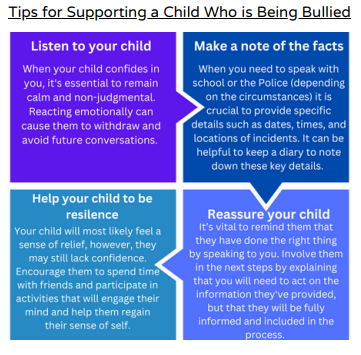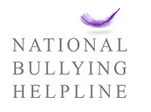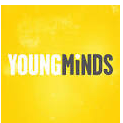Anti-Bullying
What is bullying?
‘The repetitive, intentional hurting of one person or group by another person or group, where the relationship involves an imbalance of power. Bullying can be physical, verbal or psychological. It can happen face-to-face or online'
ANTI-BULLYING ALLIANCE
Definition of bullying
There are four key elements to this definition:
- hurtful
- repetition
- power imbalance
- intentional
Understanding Different Forms of Bullying and Taking Action
November 11th to 15th marks Anti-Bullying Week, and it's an excellent opportunity to engage your child in a conversation about bullying and learn how to take appropriate action, if you suspect your child is a victim. Defining bullying is the first step in identifying it, and it's important to note that it's unwanted, intentional, and persistent behaviour. Here are the different types of bullying to look out for:
- Physical bullying can include intimidating actions like kicking, punching, or hair-pulling. It also includes grabbing, pushing, and tripping a child over.
- Verbal bullying can take the form of name-calling, teasing, or spreading rumours.
- Emotional bullying can happen when a child is excluded from social situations, often through ‘cancelling’ or ignoring them as if they don't exist. This can be encouraged through verbal bullying.
- Sexual bullying includes unwanted sexual contact or comments and is often used as a way to intimidate someone.
- Cyberbullying occurs through electronic devices and may involve sending or posting negative, harmful, or false content about another person. This can occur through social media, messages, online forums, and gaming communities.
If the bullying involves another student from school, it is vital to speak with your child’s class teacher.
Anti-Bullying Week 2024
For further information about bullying, tips about what to do if you’re worried about bullying, the tools to help you talk to your children about bullying and much more please see the Parent Pack
Anti Bullying Policy
Support and Guidance


Please click on the links below for further support and guidance.
For children: For Parents:





